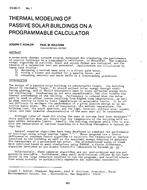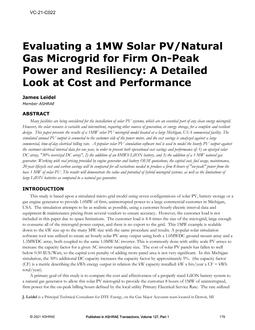The ever-growing commercial interest in the development of air cleaning apparatus for use in domestic air conditioning systems arises from the current increased awareness by the public of the potential undesirable effects of air pollution, a concern which has now spread to include man’s domestic environment. Home-owners are now, more than ever before, prepared to spend sums of money comparable with that which they would spend in acquiring TV sets or refrigerators in order to be able to live in relatively dust-free domestic environments. Almost all developments in this area have been directed towards forced-air heating and ventilating systems in which all the domestic air must, sooner or later, pass through a central air conditioning system to which an air cleaner can be conveniently added. Typically this could take the form of a simple fibreglass filter, or (in more recent years) an electrostatic air cleaner. Most of the currently commercially available electrostatic air cleaners take the form of simple two-stage electrostatic precipitators which have the desirable features of low pressure drop and overall power requirements, coupled with high collection efficiency and reliability.
This paper describes some experiments directed towards investigating the possibility of developing a residential grid-type electrostatic air cleaner where a different set of practical problems abounds.
Citation: ASHRAE Transactions, Volume 80 Part 2, Montreal, QC
Product Details
- Published:
- 1974
- Number of Pages:
- 9
- File Size:
- 1 file , 690 KB
- Product Code(s):
- D-MO-2317


